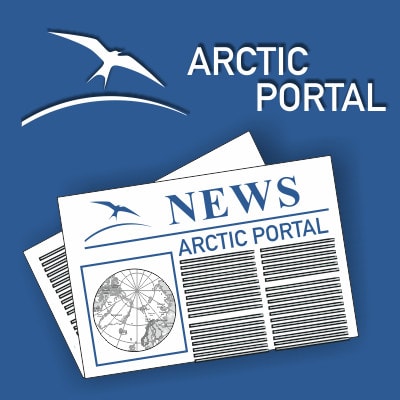It is now available onYouTube, theanimation of maps of sea ice age classification from 1978 through mid-July 2015. The animation has been created by theArctic Portal Team (http://arcticportal.org), based on research data provided by Mark Tschudi, CCAR, University of Colorado (http://nsidc.org/data/docs/daac/nsidc).

In 1,30 minutes the animation shows the changes of the Arctic Ocean sea-ice coverage from 1978 to now (July 2015), with focus on sea-ice age. Sea-ice coverage in the Arctic Ocean has been constantly decreasing due to the effects of climate changes, drastically reducing the area of both the winter-ice and the summer-ice. As this animation suggests, the oldest -- and therefore the thickest-- layers of ice are the more affected by the effects of climate change.
Sea ice being white has a much higher reflection than other earths surfaces, making it function as a giant mirror reflecting the suns radiation into space. This is reflectiveness is referred to as "albeido" It has been estimated that Sea Ice reflects as much as 50-95% of the suns radiation while an open ocean surface only reflects about 10-15%.
This reflection contributes significantly to keeping atmospheric temperatures cooler. Additionally this keeps the ocean in the northern hemisphere cooler, helping to maintain the planet's ocean conveyor system. With the rapid decline in Sea Ice, documented in recent years there is the risk of a cicle of warming as higher atmospheric temperatures contribute to loss of sea ice and further loss of sea ice contributes to more atmospheric warming, this effect is known as the "ice-albedo feedback".
The decline of the Sea ice is likely to have a wide number of impacts to both the world in general and of course specifically the Arctic. These impacts are likely to be both negative and positive.
Arctic sea ice cover melted to its lowest extent in the satellite record late in August 2012, breaking the previous record low observed in 2007. Sea ice extent fell to 4.10 million square kilometers (1.58 million square miles) on August 26, 2012. This was 70,000 square kilometers (27,000 square miles) below the September 18, 2007 daily extent of 4.17 million square kilometers (1.61 million square miles).
Arctic sea ice extent for June 2015 was the third lowest in the satellite record. June snow cover for the Northern Hemisphere was the second lowest on record (NSIDC)
Watch the animation on YouTube
Animation by Arctic Portal Team (http://arcticportal.org), based on research data provided by Mark Tschudi, CCAR, University of Colorado (http://nsidc.org/data/docs/daac/nsidc).
